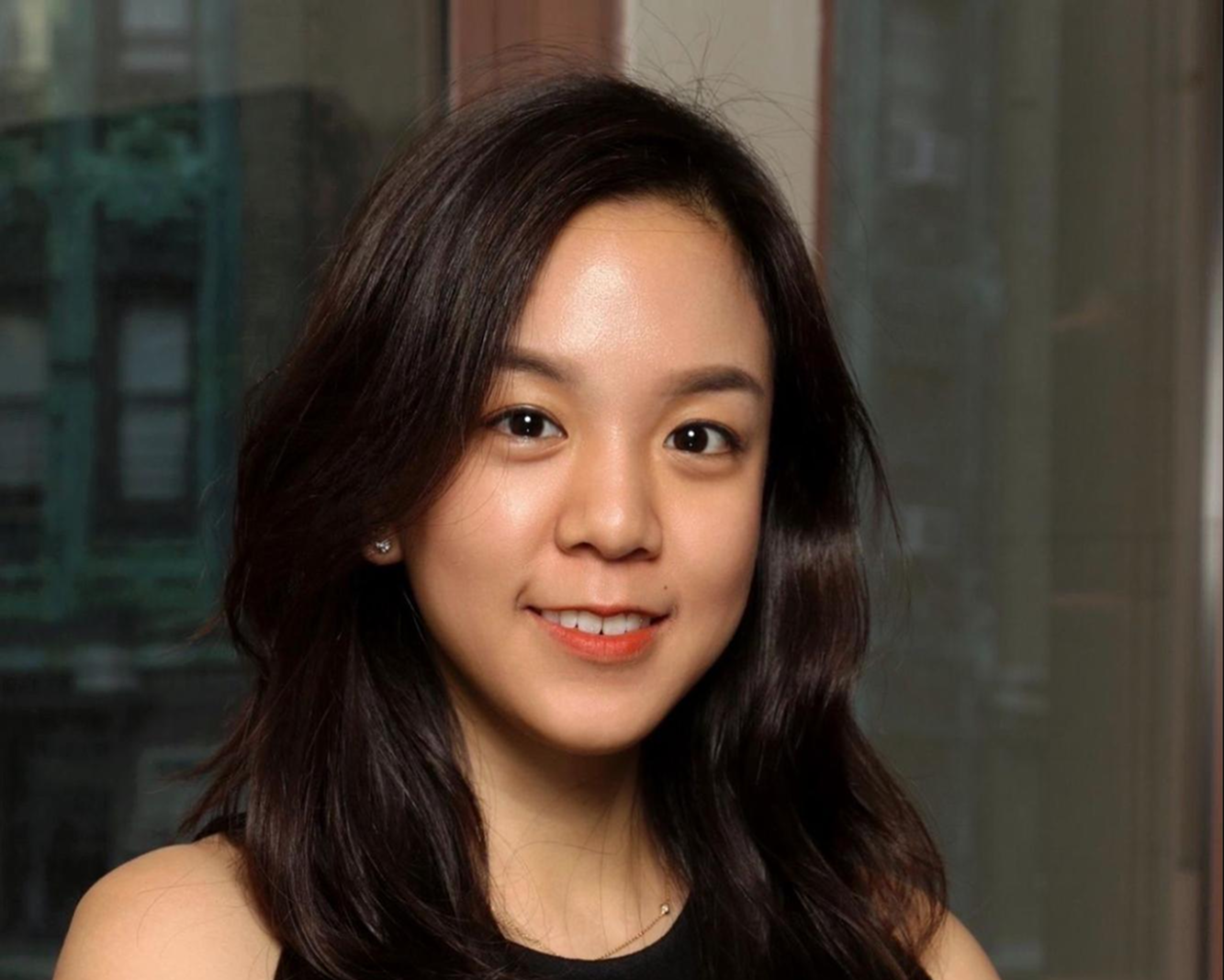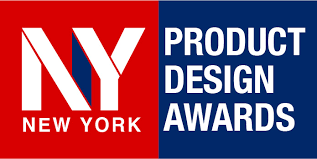
When most people picture a UX designer’s workplace, they imagine creative studios, tech startups, or consumer app companies buzzing with brainstorming sessions and post-it covered walls. Enterprise finance, on the other hand, is rarely on that list. It’s a sector defined by regulations, risk management, and vast datasets — hardly the playground for bold, imaginative design.
Yet, for UX designer Joanna Yoon, this is exactly where her creativity thrives.
“Enterprise and fintech might not look like design-friendly spaces,” Yoon says, “but that’s where design can make the biggest difference — turning complexity into clarity.”
In a field where compliance comes before color palettes and spreadsheets matter more than storyboards, introducing user-centered thinking can be an uphill battle.
Products often serve highly specialized users such as investment bankers, traders, and risk analysts.
Interfaces must align with strict legal, security, and accessibility standards
Stakeholders may prioritize functional completeness over usability or aesthetics.
Yoon quickly learned that success in this environment required a different kind of creativity — one rooted in systems thinking, empathy, and strategic communication.
Over her career, Yoon has led design for enterprise-scale financial tools, including credit risk solutions and vendor risk management platforms. These products handle high-volume transactions, complex analytics, and critical decision-making — all behind the scenes of global financial markets.
Her approach combines quantitative analysis (to understand workflow efficiency) with qualitative research (to uncover pain points in daily use). The result: designs that meet enterprise-grade requirements while reducing cognitive load for users under constant pressure.
“In enterprise, you can’t rely on design trends to win people over. You have to show exactly how your solution saves time, reduces errors, or improves decision-making.”
Though her work lives in a niche market, Yoon’s ability to elevate enterprise UX has earned recognition at global competitions, including the London Design Awards, French Design Awards, and New York Product Design Awards. These honors reflect not only her skill in creating visually compelling interfaces, but also her success in applying human-centered design where it’s least expected — and often most needed.



Yoon credits her success in enterprise finance to three principles:
Translate Complexity – Turn dense technical content into clear, actionable formats.
Build Trust Early – Use data and prototypes to win over stakeholders who are wary of change.
Advocate for the User – Even when the “user” is a seasoned analyst, usability matters.
As she continues to shape tools for the world’s most data-driven sectors, Yoon is committed to proving that good design has no industry boundaries.
“The less a sector talks about design, the more it needs it,” she says. “That’s where we can have the greatest impact — not just making things look better, but making them work better for the people who rely on them.”
2019-04-26